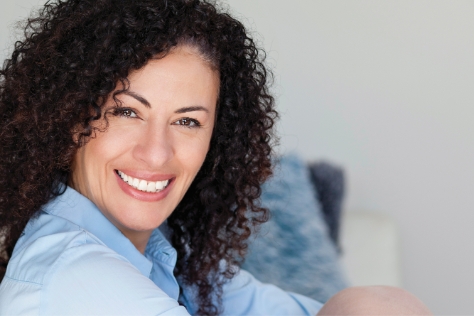Menu
It’s no secret that time changes the way we look. Place a 20-year-old next to a 70-year-old, and the difference in their skin is instantly noticeable. While our minds may stay sharp as we age, our skin tells a different story. Understanding how age affects our skin helps us take better care of it and slow down visible signs of aging.
Our skin is made up of three main layers:
Each of these layers changes over time, contributing to the fine lines, wrinkles, and texture differences we see as we get older.
As we age, fat distribution in our bodies shifts. We often gain fat in certain areas, like the abdomen or hips, but lose it in others—especially the face. The subcutaneous layer, which contains this facial fat, gradually thins out.
Imagine your skin as a balloon and the facial fat as the air inside it. When the balloon loses air, it deflates and wrinkles. The same happens with your skin—it starts to look loose, saggy, and less full as facial fat diminishes over time.
The dermis is the layer responsible for firmness and elasticity. It’s packed with collagen and elastin, two proteins that give the skin strength and flexibility. Unfortunately, collagen production slows down as we age. This leads to thinner, less elastic skin that begins to sag and lose volume.
We also lose blood vessels in this layer, reducing the nutrients delivered to the skin. That’s why aging skin often looks dull and takes longer to heal. Another major change happens with oil production. While the number of oil glands stays the same, they become less active, especially after menopause. The result? Drier, rougher skin that lacks that youthful glow.
The outer layer of our skin, the epidermis, also undergoes big changes with age. When we’re young, this layer is thick, organized, and regenerates quickly. For example, babies replace their top layer of skin in about 14 days. By age 50, that same process takes around 37 days.
As cell turnover slows, the epidermis becomes thinner, duller, and less able to protect the deeper layers. Dead skin cells build up more easily, giving the complexion a rough, uneven texture.
Across all layers of the skin, one crucial component fades with time—hyaluronic acid. This sugar-like molecule holds up to 1,000 times its weight in water, keeping our skin smooth and hydrated. When we’re young, our skin is full of it. As we age, we lose hyaluronic acid, leading to dryness, fine lines, and reduced firmness.
The good news? You can slow and even reverse some visible signs of aging with the right treatments and skin care. Professional options like laser therapy, dermal fillers, Botox, and Dysport can help:
Pairing these treatments with a consistent skincare routine can make a noticeable difference. With proper care, your skin can stay healthy, resilient, and radiant at any age.
At Celibre, we specialize in advanced skin treatments designed to refresh and rejuvenate aging skin. Whether you want to improve texture, restore volume, or reduce wrinkles, our team can create a customized plan that helps you look and feel your best.
Schedule a consultation today to start your journey toward smoother, tighter, and more youthful-looking skin.
